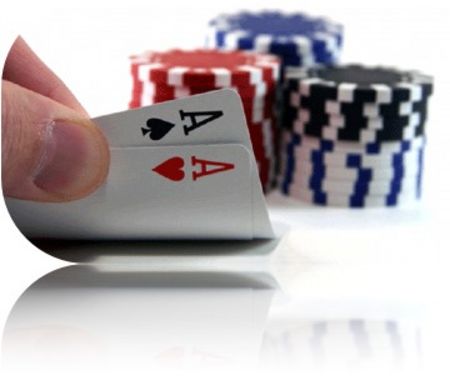Earn Rate

Your earn rate is simply the amount of money you have earned or lost divided by
the number of hours you have played. A very good poker player earns about one
big bet an hour in a full ring game; therefore, if you are playing $5-$10, you should
make about $10 an hour. At $20-$40, a good player should make about $40 an
hour. In short-handed games and heads up, you could even earn more since you
have more hands per hour to benefit from your good play.
You should record your results by each game and limit that you play. For example, I
record results for Texas Hold'em, Omaha Hi-Lo, and 7-card stud separately. I also
distinguish between full ring games, short handed play, and heads up. since each
requires different skills. Finally record your results for each limit such as $l-$2, $3-
$6, $10-$20, $1-$2 pot limit, etcetera.
There is a software tool called StatKing offered by ConJeiCo that is very helpful in
recording and tracking results. This tool is discussed later in the "Record Keeping".
For players who play more than one table at a time, it is important to keep statistics
for each table. If I play two tables at the same time, I will record the time played for
both tables. For example, if I play for one hour on two tables of $15-$30 and win
$200, I will record two hours played with a win of $200 for the session. This may not
give you an actual hourly earn rate, but it allows you to evaluate your playing on an
even scale.
Your expected earn rate could differ from your historical actual earn rate. If you
have only been playing for 500 hours, you could have very different results in the
future than what you have been earning so far. For example, if you have had
relatively unlucky cards on average, your expected rate will be higher than you’re
actual. You need to play a tremendous number of hours before you can feel
confident that your historical actual rate is close to what you can expect to earn in
the future.
For example, I have recorded over 3500 hours in my main game of $20-$40, but
from a statistical perspective, I am still only 70% confident that my expected earn
rate is within $10 of the actual. Statistically, I might expect in the future to earn
either $10 more or $10 less an hour, depending on whether or not I was "lucky"
over those previous 3500 hours. It takes a tremendous amount of hours before the
cards start to break even. You can often run good or bad for hundreds of hours,
which can significantly impact the earn rate you are achieving. For example, let's
look at the possible range of earnings for a good player who ought to earn $40 on
average playing $20-$40:
After 100 hours: -$ 11,000 to $19,000
After 300 hours: -$14,000 to $29,500
After 500 hours: -$12,500 to $52,500
After 1000 hours: -$ 6.800 to $87,000
After 1400 hours: 0 to $112,000
These ranges show why it lakes a long time before you can feel confident in
expecting the same actual results to continue in the future. This is one of the
reasons Hold'em is so popular. Losing players often have good runs, giving them
the impression that they are good players.
For example, a poor player who normally loses $40 an hour could actually earn up
to $10,000 over a 100 hour period by getting lucky! Once they experience a lucky
streak, they keep coming back thinking they can win again at the same rate.
Unfortunately for them, the law of averages will eventually catch up and they will
lose back their winnings and even more, as long as they keep playing poorly.
NEXT...Standard Deviation

